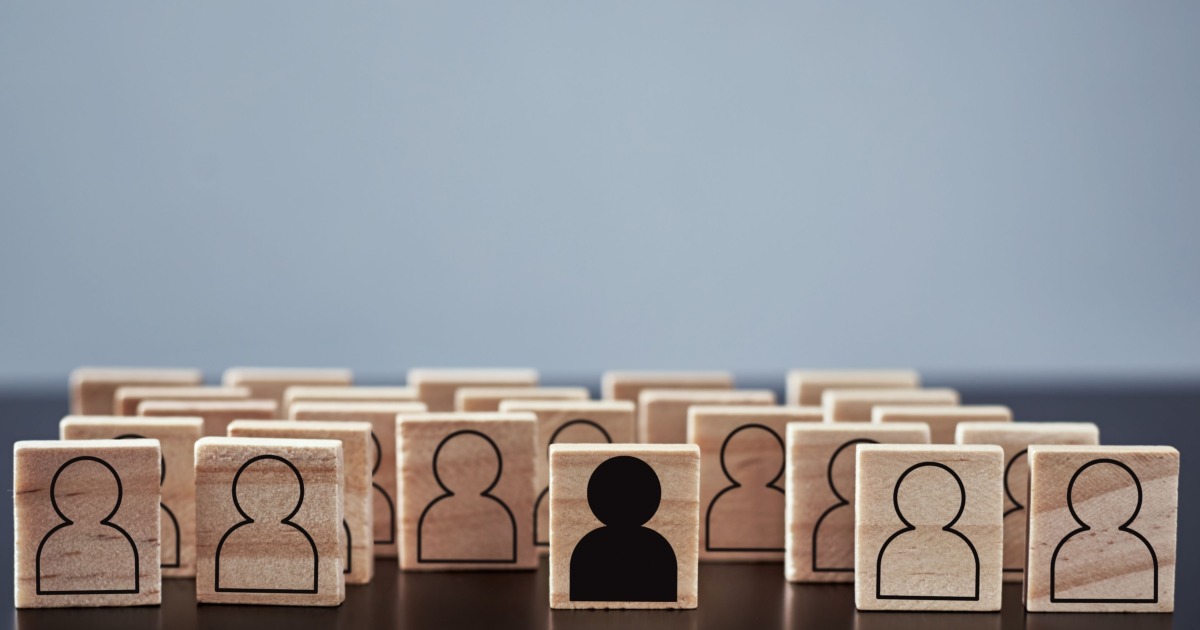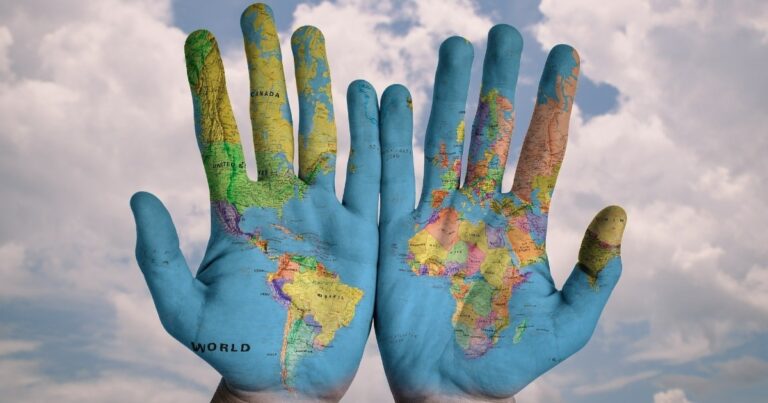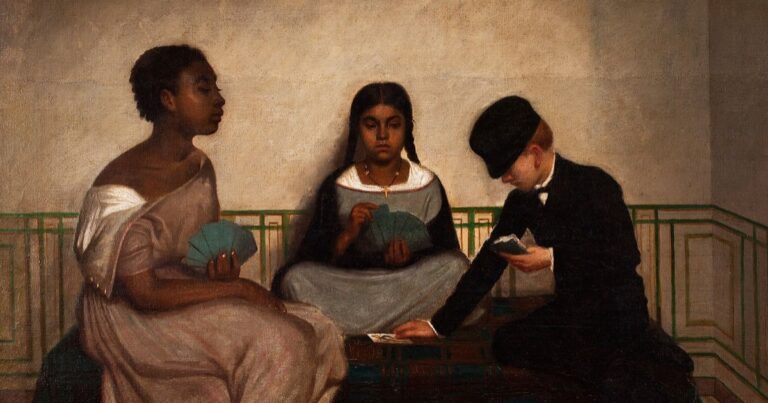Prejudices and stereotypes are generally negative ideas held about a group of people.
The difference between prejudices and stereotypes is that prejudices are beliefs we have about a person based solely on the fact that he or she belongs to a particular group, while stereotypes are the generalizations we make about a group.
Both prejudices and stereotypes can shape individual and collective beliefs and foster discrimination in its various manifestations (social, racial, gender, etc.). In turn, prejudices and stereotypes can be of different types according to various variables (linguistic, social, gender, age, etc.).
| Bias | Stereotypes | |
|---|---|---|
| Definition | Idea or opinion about a person who makes up a group. | Simplified representations about a group. |
| Application | Apply to one person. | They apply to a group. |
| Valuation | They can be positive or negative, but are generally negative. | They can be positive or negative, but are generally negative. |
| Component |
Emotional (anger, hostility, rejection). |
Cognitive (ideas validated with some data). |
| Examples | “I don’t trust that person. I can see that he is very poor and at any moment he will steal something from me.” | “Poor people are all criminals.” |
What is a prejudice?
A prejudice is a preconceived idea, either positive or negative, held about an individual who is part of a group. What is a prejudice?
Prejudices, then, are individual conceptions lacking all the information necessary to have an objective opinion. Hence, they are biased and subjective judgments about a person or groups of people.
In addition, prejudices have an affective or emotional component, since they guide behavior according to what is believed to be known. As prejudices are generally negative, the affective component is usually expressed as hostility, distrust and even hatred.
For example, someone is convinced that people of a certain nationality are swindlers, even though he has no proof. If he comes into contact with a person from that country, his behavior will surely become hostile, rude or avoidant, so as not to be a “victim” of a possible swindle.
There are several types of prejudice, depending on whether they are based on social status, language, gender, sexual orientation, etc.
Types of prejudice
Social prejudices
These are preconceived ideas about a person because he or she belongs to a particular social class. Similarly, the belief that one class or social stratum is superior to another is a social prejudice called classism or class prejudice. Social prejudice can be two-way: one who is in a stratum considered inferior may be biased against one who is in a higher stratum.
ExamplesThe belief that someone prosperous must have made a fortune illicitly, or being hostile to a person in poverty because it is assumed that he or she has criminal intentions.
Linguistic bias
It is a belief based on the language (language) or linguistic variation that a person uses. A linguistic prejudice, then, is to believe that because someone does not speak the same way we do, he or she is doing it wrong, has a pronunciation or learning problem. It is also to believe that there are languages that are better than others, or easier to speak than others.
Example: believing that a person of Argentine nationality speaks badly because he/she says “remera” instead of camiseta. That person is not misusing the language, he is speaking according to the linguistic variation of the Spanish language that exists in his country.
Prejudice based on disabilities
These are beliefs about people who have a disabling condition, and are usually expressed with attitudes of rejection, under the assumption that they are inferior to a person without a disability.
Examplerejection or fear of people with Down syndrome.
Gender bias
These are the biases that exist with respect to a particular gender. This type of prejudice attributes qualities, attitudes, roles and expectations to a person exclusively based on his or her gender, without considering other variables, thus limiting his or her scope of action and potential.
Example: assuming that the man has to carry out the physical tasks because the woman will not be able to do so. In this case, the bias is twofold: the quality of strength is attributed only to the man, while the quality of weakness is assigned to the woman.
Bias based on ethnicity or nationality.
These are beliefs rooted in the conception that a person is “superior” or “inferior” because he or she belongs to a certain culture or nationality. When these prejudices are negative, they give rise to racism and xenophobia.
ExamplesAssuming that English people are punctual and expecting that quality from any English person. On the other hand, believing that people of African descent are criminals or could become criminals is a common negative prejudice.
Religious prejudice
These are the ideas we have about someone because of their religious beliefs. That is, the negative qualities attributed to believers of a religion or cult are transferred to a particular person just because he or she shares the same belief. This type of prejudice gives rise to different forms of discrimination, such as Islamophobia or anti-Semitism.
Example: the attitude of rejection towards a Muslim man because he is assumed to have fundamentalist or radical ideas.
Prejudice based on sexual orientation
These are the qualities attributed to someone because of their sexual orientation. Generally, these biases are negative and are directed towards the LGBTI community, generating forms of discrimination such as homophobia, and limiting their access to fundamental rights, such as the right to work, education or health.
ExampleThe aggressive treatment that same-sex couples often receive when they express affection in public places.
Prejudice based on age
These are the judgments and expectations associated with people based on their age. Although it is usually associated with discrimination towards older people, as it is the most common form of expression, in reality this type of prejudice can reach anyone.
Examplesthe idea that someone is physically or mentally weak or incompetent because of their advanced age, or assuming that young people are rebellious or immature to take on certain responsibilities.
What is a stereotype
A stereotype is a simplification of the characteristics of a group of people, based on generalized beliefs. Generally, stereotypes are created based on a few qualities (positive or negative) that a group has in common, from which similarity relationships are established with all individuals belonging to that group.
Stereotypes are collective consensus, since they are representations shared by a large number of people (family, community, society). In addition, they have a cognitive component, since this consensus is based on justified and rationalized perceptions.
A common example of stereotyping is the media representation of Mexicans dressed as mariachis. The collective (society, the media) stereotypes them that way because it rationalizes the idea that if mariachi is something indigenous to that country, then the entire population can be identified that way.
The simplifications that give rise to stereotypes vary according to the type of group (social, linguistic, ethnic, religious, etc.), hence there are several types.
Types of stereotypes
Social stereotypes
These are the simplifications that are made about social strata. These simplifications tend to magnify the possible negative traits of the less favored social classes and benefit the dominant social classes.
ExampleThe caricaturing of people living in poverty, who are often depicted with torn or dirty clothes, disheveled or without teeth. While stereotypes of the higher strata often show young and attractive people.
Linguistic stereotypes
These are generalizations made about a group, based on its linguistic features and almost always associated with a non-linguistic feature. This means, linking attitudes and behaviors of a group to the language (language) or variation of the language they speak.
ExampleThe associations that are made between the German language and the dry or unemotional character of its speakers. The sounds that make up the German language may sound complicated or “rough” to the unfamiliar, and the association arises from this.
Disability-based stereotypes
These are the representations that are made with respect to people with disabilities. These generalizations not only generate discrimination, but also have a direct impact on the planning of policies that can guarantee them access to their rights.
Examplesimages or representations that show them as sick, useless, incapable, unable to bond emotionally or violent (in the case of psychiatric patients).
Gender stereotypes
These are the set of generalizations made with respect to a group according to its gender. Accordingly, they are assigned characteristics, behaviors, attitudes and expectations that form part of the social imaginary and are used to represent them.
ExamplesThe representations of women as housewives or caregivers, while men are represented as authority figures, professionals and with physical strength.
Stereotypes about ethnicity or nationality.
These are representations about a group based on its ethnic origin or nationality. These collective consensuses often encourage prejudice by promoting the categorization of people according to their phenotypic characteristics or place of origin.
ExamplesThe representation of Spaniards in the media as people who dance flamenco (in the case of women) or dress as bullfighters (in the case of men).
Religious stereotypes
These are all generalizations regarding a group that professes a certain religion or belief. This gives rise to reductionist representations that usually attribute negative qualities to minority religious groups and positive qualities to the dominant group.
Examples: representations of Muslims as terrorists and Jews as greedy or usurious.
Stereotypes about sexual orientation
These are the set of social beliefs regarding what a group is like according to the sexual orientation of its members. In this case, the group is categorized according to characteristics such as way of dressing, speaking, use of certain colors, performance in certain professions or trades, etc.
ExampleThe caricaturing in the media of homosexual men, presenting them with feminine traits and attitudes, especially for humorous purposes.
Age-based stereotypes
They are the whole set of social perceptions regarding the qualities, attitudes and behaviors expected according to age group. And although age stereotypes have representations in different life stages, in Western societies negative qualities are almost always attributed to the stage of old age.
ExampleThe representations that show the elderly in a passive role, forgetful, weak and lonely.
See also:




